Click here and press the right key for the next slide.
(This may not work on mobile or ipad. You can try using chrome or firefox, but even that may fail. Sorry.)
also ...
Press the left key to go backwards (or swipe right)
Press n to toggle whether notes are shown (or add '?notes' to the url before the #)
Press m or double tap to slide thumbnails (menu)
Press ? at any time to show the keyboard shortcuts
The Simple Theory of Joint Action
Question
What distinguishes joint actions from parallel but merely individual actions?
Requirement
Any account of shared agency must draw a line between joint actions and parallel but merely individual actions.
Aim
Which forms of joint action underpin our social nature?
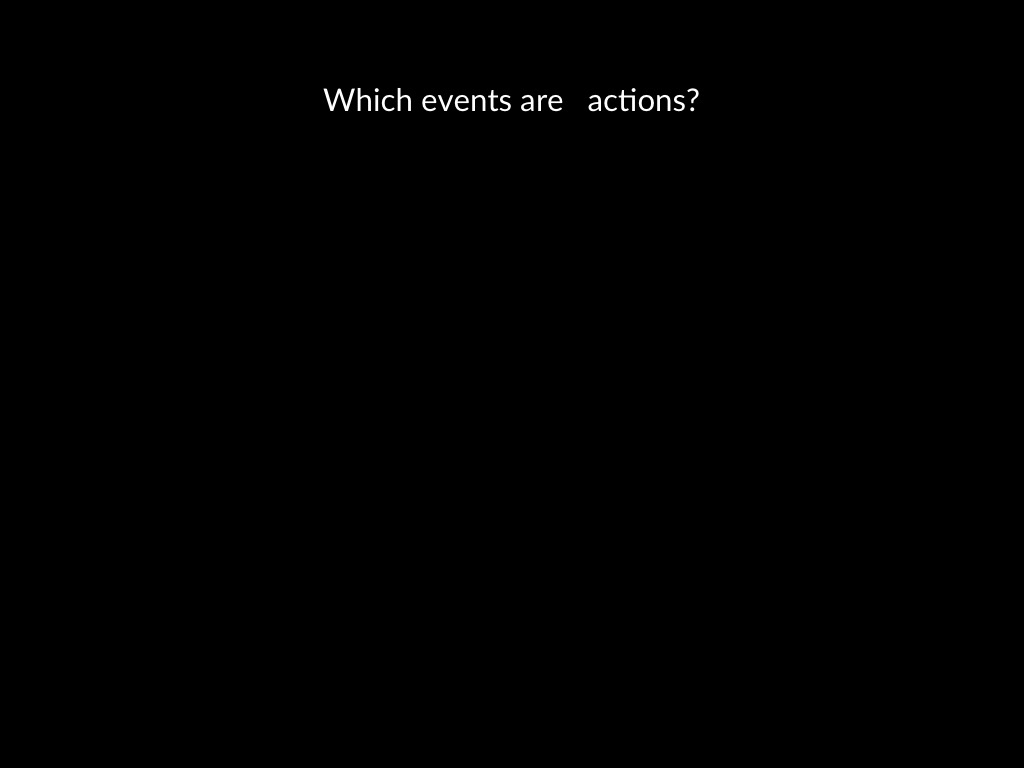
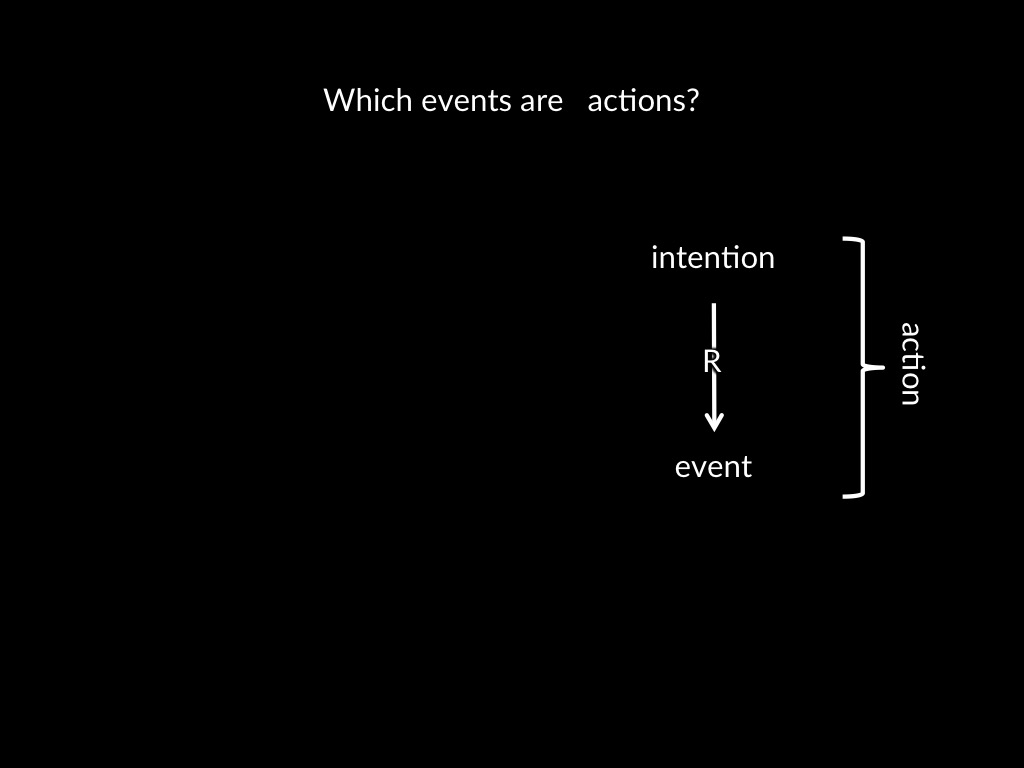
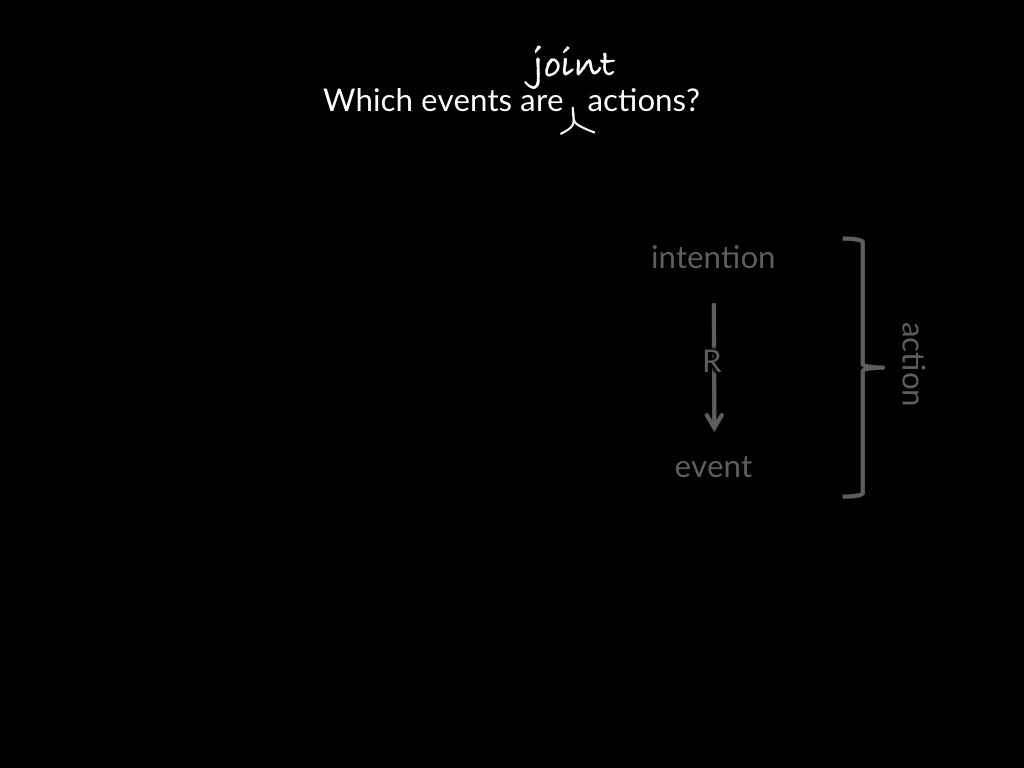
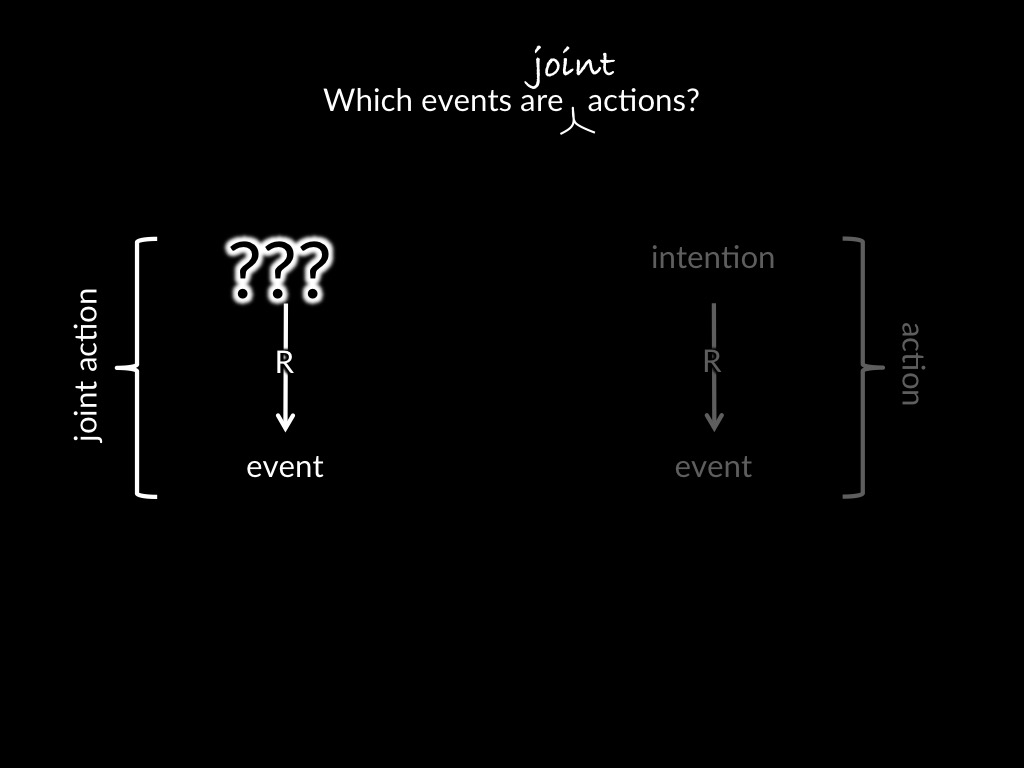
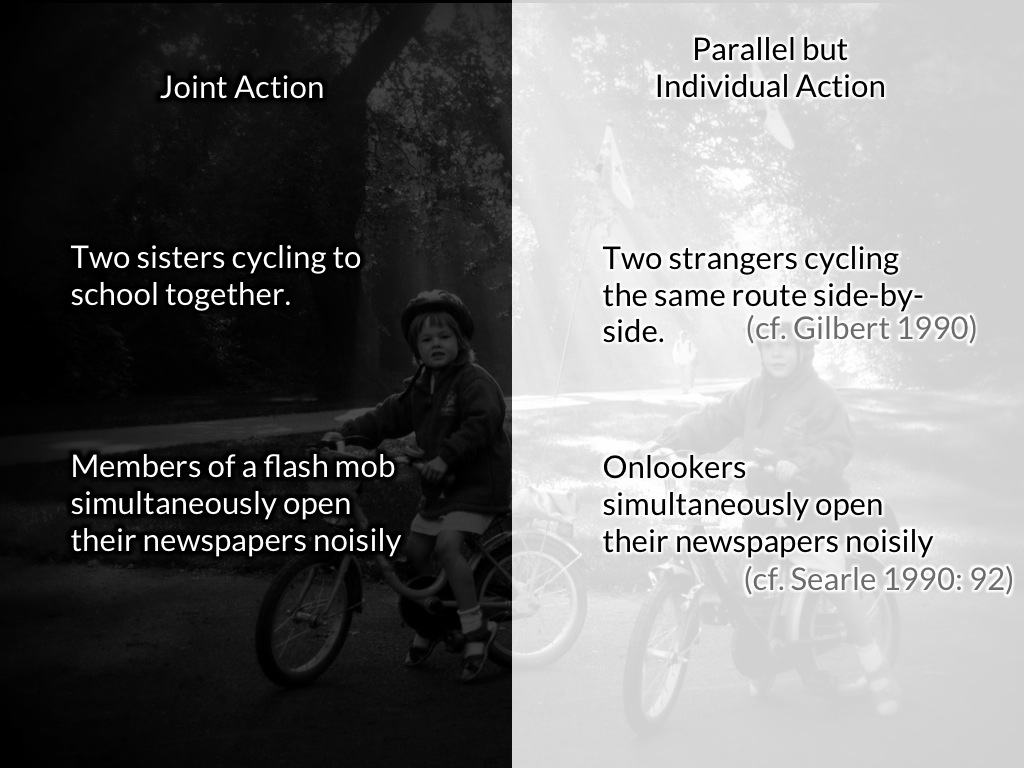
We each intend that we, you and I, cycle to school together.
What distinguishes
an ordinary, individual action from a mere happening?
Your intention that you throw the coffee at me.
What distinguishes
genuine joint actions from parallel but merely individual actions?
Our intentions that we, you and I, cycle to school together.
The Simple Theory
Two or more agents perform an intentional joint action
exactly when there is an act-type, φ, such that
each agent intends that
they, these agents, φ together
and their intentions are appropriately related to their actions.